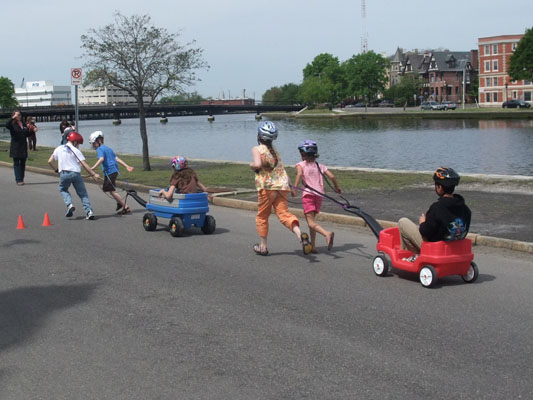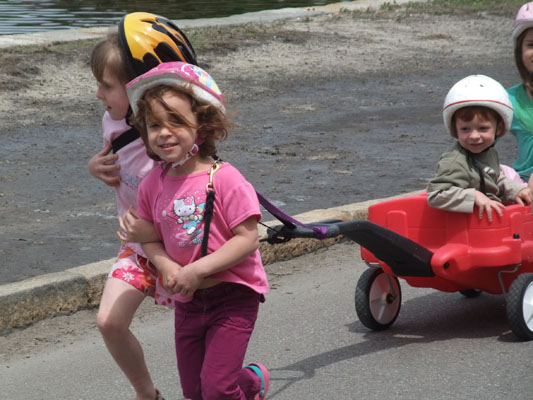
If you're female and over the age of 23, you may never have set foot in an establishment called an "interent lounge." I'm about to tell you why you might want to swing that door open wide and walk right in. Now, you may have a certain vision in your mind connected with such a place, involving adolescent males with patchy beards growing to the floor, eyes glazed over, cheese powder flecks crusted to the sides of their mouths, hands clicking rhythmically on their gummy controllers. Maybe the place smells kind of like an old sock, with wires running everywhere, and blinking lights in seizure-inducing rows. Maybe there's Red Bull dripping from the walls. Maybe there are giant alien swords stuck into the cement floor.
Maybe there are places that fit that description, but Cybercriter Internet Lounge (yes, really only one T) in Norfolk, behind the Ted Constant Convocation Center, is not one of them. Let me take you on a tour, and enlighten you. When you walk in, you're in a long but small room with beautiful HD televisions along all the walls. Attached to every console is a game system -- Wii, Playstation, etc. There are windows, and light bulbs, and there is carpeting. There's a counter with snacks and a register. It's all very clean. There are no drooling adolescents. At all.
Now here's the majestic beauty that I want to show you. Imagine you're hosting a birthday party. All along the walls there are clusters of children, eagerly playing games. Some are watching, others playing, they're laughing, yelling "YES!" and "OH MAN!" together, having a ball. There's every child-friendly game on every game system you can imagine. WiiPlay, WiiSports, Guitar Hero, Mario Party, Little Big Planet, and the list goes on. But the magic is the sincere energy and joy and excitement of all the little friends together, trying different games, cheering each other on, locked in battle, and thoroughly, utterly engaged.
We went to CyberCriter for Louis' gamer birthday party, and I was absolutely amazed at how well the kids played together, how much fun they had, and how quiet it was in the room. All the moms had a lovely chat, Deva had set up one counter with snacks and drinks, and it was amazing. I arrived skeptical, and left completely convinced.
Here's the info: $10 per child includes two hours of play time on the consoles. If you want CyberCriter to handle pizza and soda or juice, it's an additional $4 per child. There are spaces and tables for crafts, chips, birthday cakes, etc. You can bring your own games/consoles/whatever to supplement what they have, or just use theirs. They can accommodate between 5 and 20 kids. If you have a gamer in your family who's having a birthday or another special event to organize, this just could be your dream solution!















